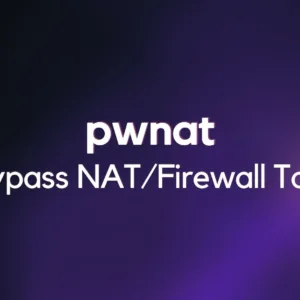Phishing Attacks
Phishing attacks have emerged as a prominent method employed by malicious actors. Among the various tactics used, a particularly potent technique known as the “phishing attack in 0 clicks” stands out. This sophisticated approach allows attackers to effortlessly obtain the NetNTLMv2 hash of a targeted user, providing them with a powerful tool to elevate privileges and traverse the network horizontally.
Phishing, at its core, involves the art of deception. Attackers craft convincing emails, messages, or websites that appear legitimate, tricking unsuspecting individuals into divulging sensitive information. However, the phishing attack in 0 clicks takes this deception to a new level of efficiency.
NetNTLMv2 hash
Typically, obtaining a user’s NetNTLMv2 hash, which represents the encrypted form of their password, requires sophisticated techniques such as password cracking or brute-forcing. However, with the phishing attack in 0 clicks, attackers have found a shortcut to bypass these complex methods.
Through cleverly designed phishing campaigns, attackers can manipulate their victims into unknowingly providing their NetNTLMv2 hash without requiring any explicit action on the victim’s part. In most cases, a simple interaction with a fraudulent webpage or email is sufficient for the attack to succeed.
Once the attacker obtains the NetNTLMv2 hash, they gain a powerful weapon in their arsenal. This cryptographic representation of the user’s password can be used to escalate privileges within the compromised system or facilitate lateral movement across the network. With elevated privileges, the attacker can access sensitive data, compromise additional accounts, or launch further attacks within the organization.





